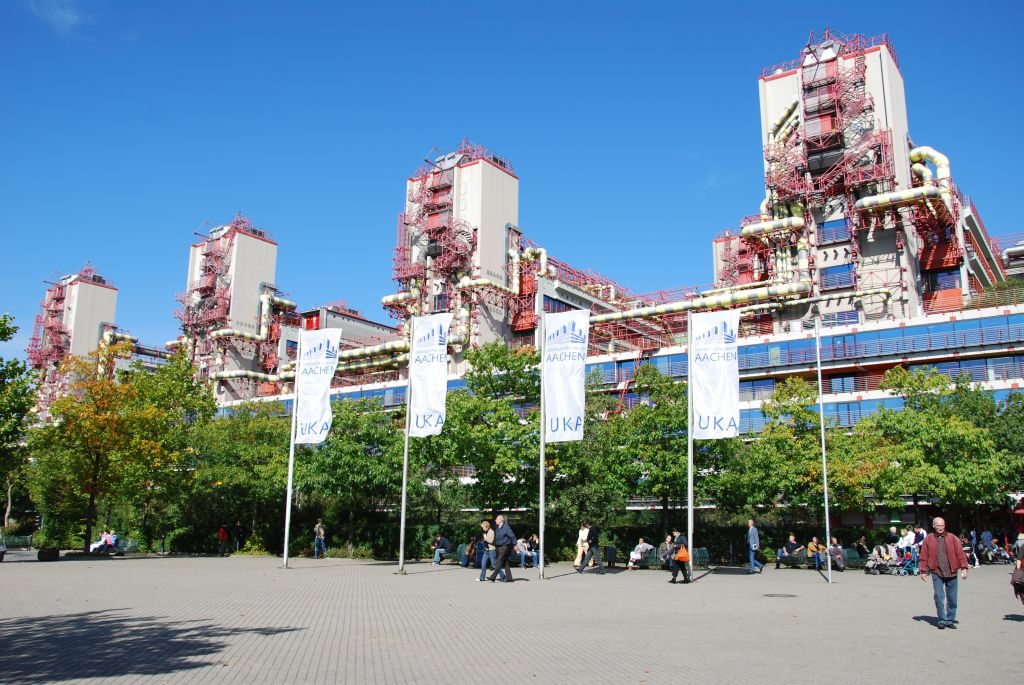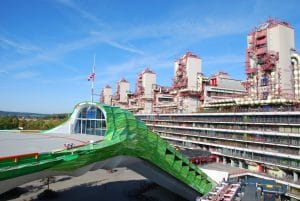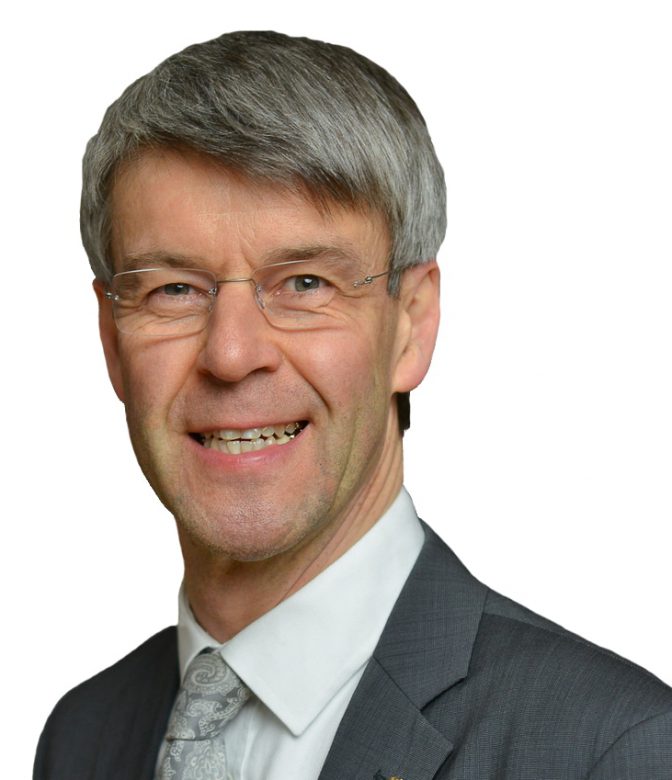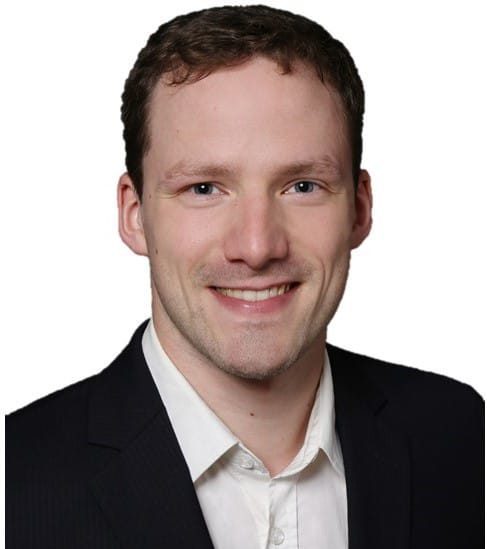The interdisciplinary and scientifically-founded description, analysis, understanding, and design of complex systems are the central and unifying elements of research at RWTH Aachen. For this reason, the Faculty of Medicine has further developed its existing focuses so that these aspects can increasingly play a role in medical problems and new diagnostic and therapeutic options can result from a more comprehensive understanding. A focus of the research team of Prof. Fischer of the Dental Materials and Biomaterials Research team, is set on 3D tissue engineering. With novel bioprinting techniques, tissue replacement made of patients’ own cells, embedded in tailored hydrogels can be manufactured as three-dimensional constructs on the centimetre scale. This enables new opportunities for the field of transplantation surgery.
Those ‘organ-on-a-chip’ called models can be used to explore fundamental scientific questions
Furthermore, the team has realized biomimetic 3D in vitro models using bioprinting techniques. Those ‘organ-on-a-chip’ called models can be used to explore fundamental scientific questions. In addition, these models are of interest for the field of applied research as screening platforms for new drugs. In the GYM project, the team will use a combination of bioprinting techniques to generate in vitro blood vessel models, consisting of a continuous endothelium imitating the tunica intima, an elastic smooth muscle cell layer mimicking the tunica media, and a surrounding extracellular matrix substitute containing fibroblasts mimicking the tunica adventitia. This perfusable vessel model with a bio functional multilayer wall composition will be used to investigate the migration behavior of the mesoangioblasts. Thus, we expect new scientific insights to improve the homing of the cells into the affected muscle in a subsequent in vivo application.
Participation in GYM connects the technical expertise of the team with existing medical needs. This fulfils the ambition of the research group to invest in translational research and bridge the gap between the technology development and clinical benefits. Participation in the project not only extends the scope of the biomaterial technology developed, but also allows tuning this to individual needs. As the therapy in GYM is based on patient derived cells, just as the 3D models constructed by the team, this is a win-win situation, which will both improve the treatment options of the muscle stem cell therapy and the research within the RWTH team.
Stem cell research will answer many exciting scientific questions now and in the future. Above all, however, it can help to overcome major societal challenges, such as by researching into degenerative or disabling diseases. To achieve this, stem cell researchers from different scientific disciplines must work together and exchange their knowledge. The GYM project will connect the Stem Cell Network in the EMR with the one in NRW, accelerating the transdisciplinary and translational research in both regions in order to realize the high expectations placed on this research area. Obviously, this provides a strong motivation to participate from the RWTH team.







